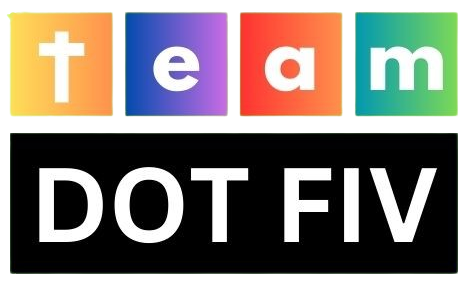- Assess Your Debt:
The first step in any debt management plan is to take stock of your current financial situation. Gather all your financial documents, including credit card statements, loan agreements, and any other outstanding debts. Make a list of each debt, including the total amount owed, the interest rate, and the minimum monthly payment. This will give you a clear picture of your debt load and help you prioritize your repayment strategy. - Create a Budget:
A budget is a crucial tool for managing your finances and paying down debt. Start by listing all your sources of income, including wages, freelance work, or passive income streams. Then, make a list of all your monthly expenses, including rent or mortgage payments, utilities, groceries, transportation, and discretionary spending. Be sure to allocate a portion of your income towards debt repayment, aiming to pay more than the minimum payment whenever possible. - Set Clear Goals:
Setting specific, achievable goals is essential for staying motivated on your debt repayment journey. Determine how much debt you want to pay off and by when. Break down your goals into smaller milestones, such as paying off a certain amount by the end of each month or quarter. Celebrate your progress along the way to keep yourself motivated and focused on your ultimate objective of becoming debt-free. - Explore Debt Repayment Strategies:
There are several strategies you can use to tackle your debt effectively. The two most common methods are the debt snowball and the debt avalanche. With the debt snowball method, you focus on paying off your smallest debts first while making minimum payments on larger debts. Once the smallest debt is paid off, you roll the payment amount into the next smallest debt, creating momentum as you go. The debt avalanche method, on the other hand, involves paying off debts with the highest interest rates first, saving you money on interest in the long run. - Consider Debt Consolidation:
If you have multiple high-interest debts, consolidating them into a single, lower-interest loan can help streamline your debt repayment process. Debt consolidation involves taking out a new loan to pay off existing debts, leaving you with a single monthly payment to manage. This can simplify your finances and potentially save you money on interest, but it’s essential to carefully weigh the pros and cons before pursuing this option. - Seek Professional Help if Needed:
If you’re feeling overwhelmed by your debt or struggling to make progress on your own, don’t hesitate to seek professional help. Credit counseling agencies and financial advisors can provide personalized advice and assistance tailored to your specific situation. They can help you create a realistic budget, negotiate with creditors, and explore debt relief options such as debt settlement or bankruptcy if necessary.
Conclusion:
Managing debt can be challenging, but with careful planning and disciplined execution, it’s possible to overcome even the most significant financial hurdles. By assessing your debt, creating a budget, setting clear goals, exploring repayment strategies, considering debt consolidation, and seeking professional help when needed, you can take control of your finances and work towards a brighter financial future. Remember, every step you take towards debt freedom brings you one step closer to achieving your financial goals and building a more secure future for yourself and your loved ones.





 No products in the cart.
No products in the cart.